In 2015 I moved to the desert and traded the nice, soft water I had known all my life for some of the hardest water I had even experienced. It was a shock to say the least. I had no clue what I was getting into and just how much havoc hard water would reap.
My hair suffered horribly but with a lot of trial and error I got that under control. What I didn’t have under control was my laundry. My goodness. Who knew that hard water would be the death of my clothes and my towels. I needed a DIY fabric softener STAT!
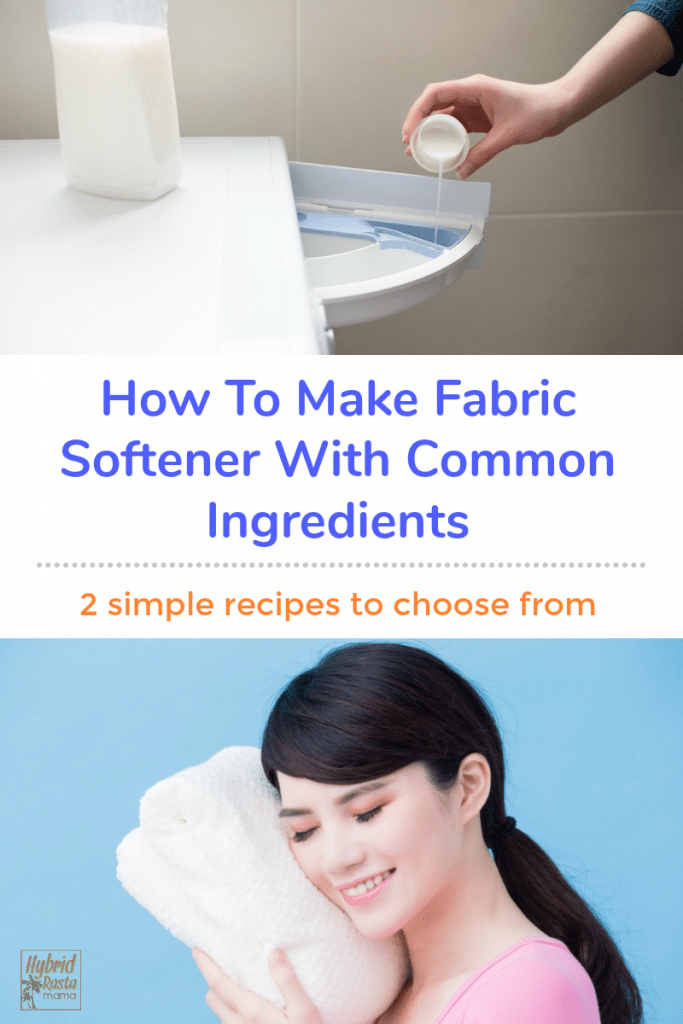
I haven’t used fabric softener in a decade.
However, after researching hard water I learned that fabric softener could possibly be my saving grace. And so, I set out to make some.
I’m no stranger to making homemade cleaning products. My floor cleaner is the best in the world – seriously. My disinfecting wipes, furniture polish, and linen spray are staples in my house. Fabric softener was a little trickier than I had thought.
It took a lot of experimenting to come up with the ingredient ratios that would make this DIY fabric softener “just right.” But once I nailed the formula, my laundry experience did a complete 180. Not only did this take care of all the hard water issues but it also totally changed the way my clothes felt and looked!
Fast forward a year later and I sort of got lazy about making fabric softener. It wasn’t that I didn’t love my recipe but there were just too many ingredients. Ha! So I reformulated my homemade fabric softener recipe and came up with a 2 ingredient version. Score! I was back in the fabric softener making business.
Are you ready to change the way you do laundry?
Today I am sharing both of my fabric softener recipes. Try one or both! They both work great. Your clothes, towels, and linens will be soft and static free.
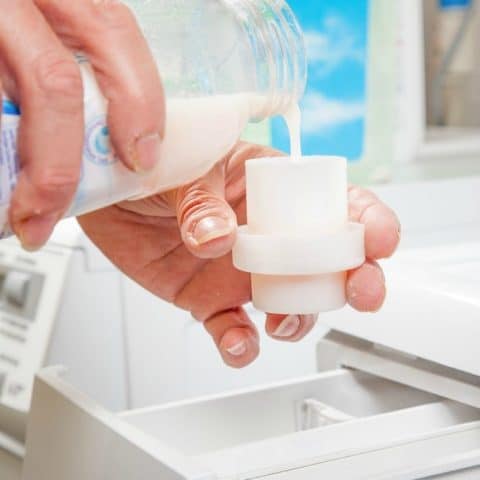
DIY Fabric Softener
Have hard water? Is is killing your laundry? Try this DIY fabric softener to solve all your laundry woes. It is so simple to make and only costs pennies.
Materials
- 8 ounces of hair conditioner
- 1 1/2 cups hot water
- 1 1/2 cups distilled white vinegar
- 15 drops of essential oils of your choice (I used lavender and lemongrass and it was lovely)
Instructions
- Add all the ingredients into a jar bottle that can hold 4 cups of liquid. I used a repurposed glass juice bottle and it fit perfectly. You can also re-purpose a fabric softener bottle if you have one handy.
- Put the cap on and shake, shake, shake. (Optional – sing the 70’s disco hit “Shake Your Booty” while doing this).
- After about a minute of shaking, your solution should be ready.
Notes
- Shake before using.
- Add 1 tablespoon per load.
- Watch the fabric softening magic happen!
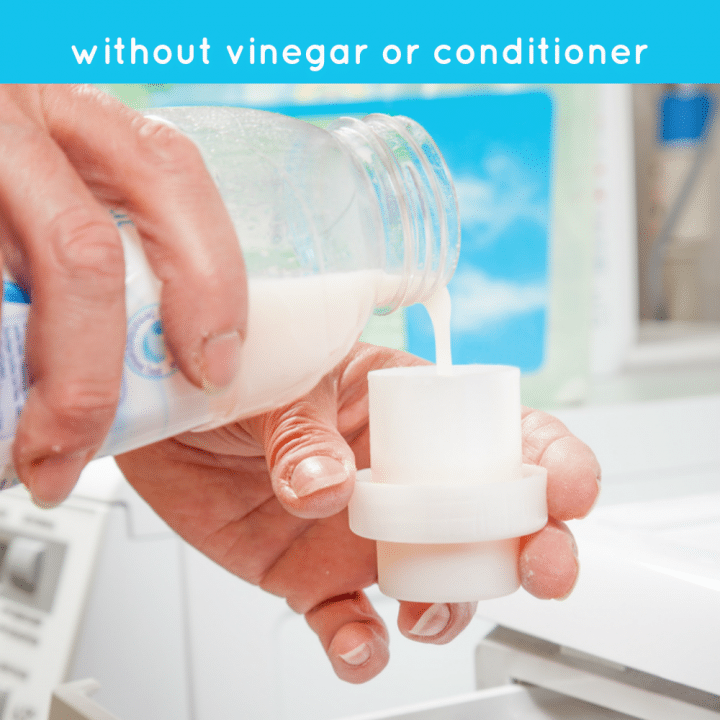
DIY Fabric Softener (No Vinegar or Conditioner)
This second DIY fabric softener is made without vinegar or conditioner. A great fabric softener alternative for fresh, soft clothes and towels!
Materials
- 1 cup Epsom salt
- 40 drops of essential oil or blend of your choice (see my notes below)
Instructions
- Combine the Epson salt and essential oils in a mason jar or other glass container and shake vigorously to distribute the essential oils.
- Use one teaspoon per load of laundry along with your regular detergent. For large loads, use two teaspoons.
Notes
Any essential oils are fine but I happen to love using lavender and sage together as well as lemon and sweet orange.
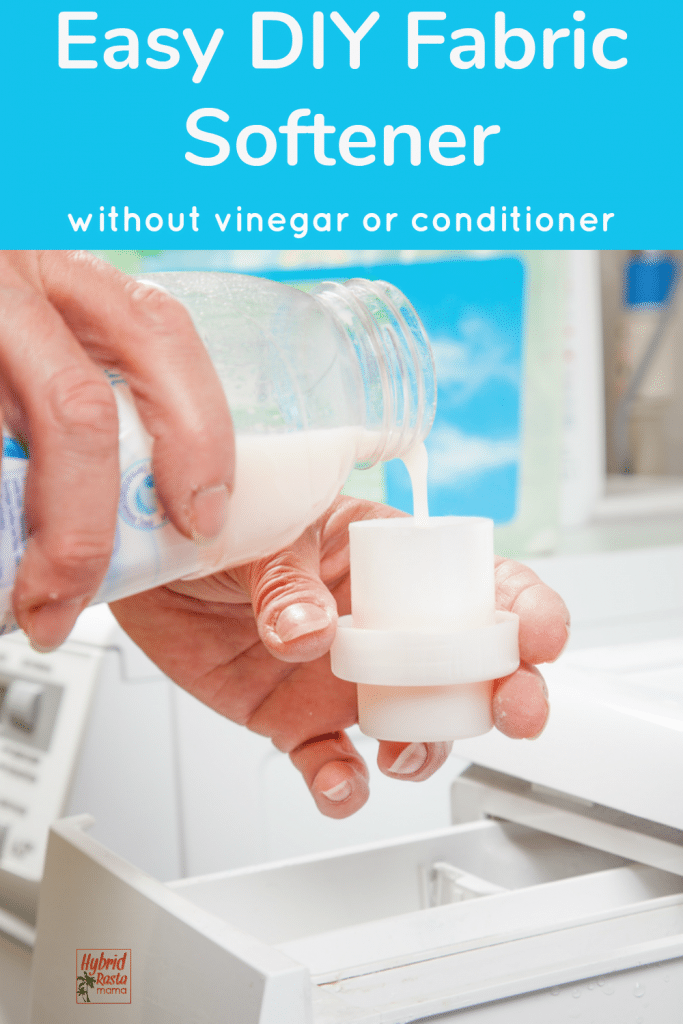

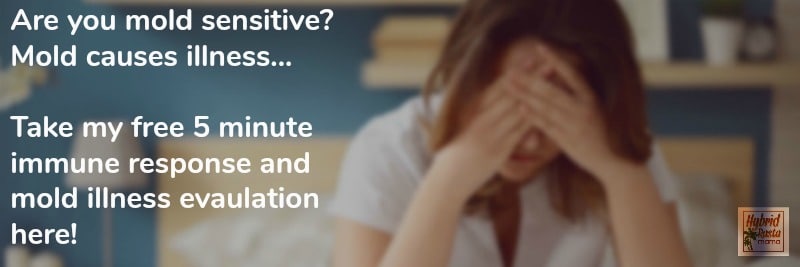

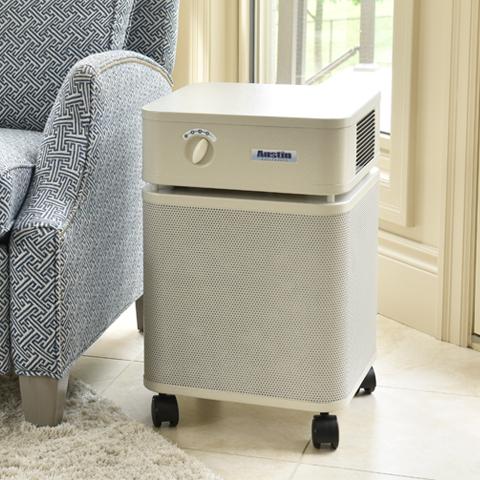
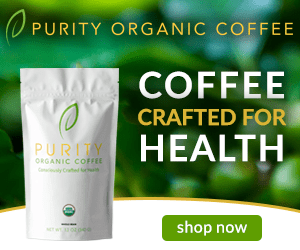
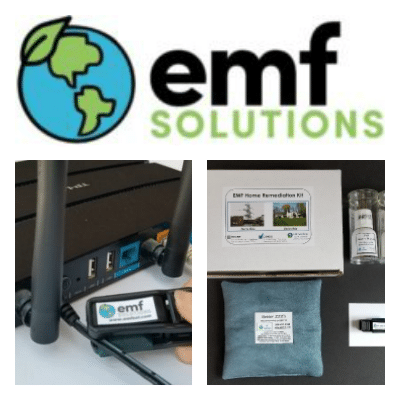

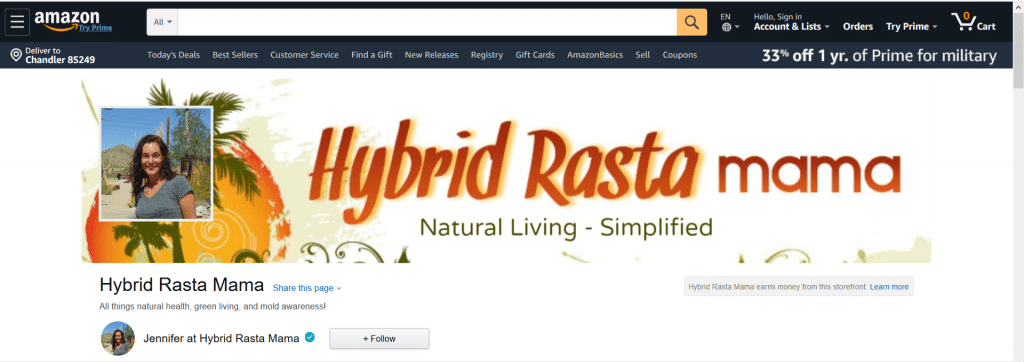
J says
We also have insanely hard water that I have not yet mastered.
Any tips for hair? Porcelain stains?
Thanks for the laundry tip, can’t wait to try it
Jennifer says
Oh hair! What a pain! I wrote all about that…http://hybridrastamama.com/is-hard-water-wrecking-your-hair/
As for porcelain stains – you might try a soak in diluted vinegar. That is the closest I have come to getting hard water stains off such items.
Joanna says
Live in FL. dryer sheets are soo bad for the environment & your clothes, I use wool dryer balls frm Mercola, clothes come out great!
Patsy Weidenbach says
Hello. I love your site, but reading your ingredient list for homemade laundry softener, I was surprised to see you using commercially-made hair conditioner, with all of its plastic packaging and suspect ingredients that have been created in a lab. The beauty and household products industries are some of the worst when it comes to plastics and toxic ingredients. This is why I now make my own, well, just about everything – toothpaste, laundry soap, all-purpose cleaner, beauty products like face cleanser and face oils, etc., etc. I am curious to hear your ‘take’ on this issue.
Jennifer says
Hi Patsy! I was actually going to update and republish this post this coming Monday with a second recipe option that doesn’t use conditioner. The conditioner I link to is one of the “better” ones. I make my own hair, skin, and teeth care products (even wrote a book about it) but realize that most people won’t make a conditioner to make a fabric softener with. I try to keep things simple for people who are newer to all the DIY natural things. I always support and recommend that you make your own everything but I understand this isn’t practical for everyone. But the more we make the better all around – our health and the planet’s health.
Grammyprepper says
For that matter, I don’t see why you couldn’t use this recipe, just leaving out the hair conditioner! I use vinegar in my rinse cycle already, I can see diluting it with water and adding EO’s would work just as well. My only caveat would be to only use glass if adding the EO’s, so there’s no chance of them degrading a plastic bottle.
Jennifer says
You sure could!
Sharon says
Please be careful. Your second recipe is dangerous. Epsom salts are not emulsifiers for essential oils. Oils and water don’t mix.
Jennifer says
Hi Sharon! I personally have never had a problem using EOs in the capacity but I will leave your comment up of course so that others can take it into consideration. Thank you for sharing!
Angel says
HI Jennifer! Just curious, are both of these recipes safe for HE washers? Also, would I put it in The dispenser or directly into the rinse cycle? Thank you!
Jennifer says
Hi Angel! Great questions! Yes, these are safe for HE washers. I have used it in mine for years with no issues. I put it into the dispenser but if you are using the conditioner version, you will want to wipe it out after the cycle is done. The conditioner can build up a little in there.